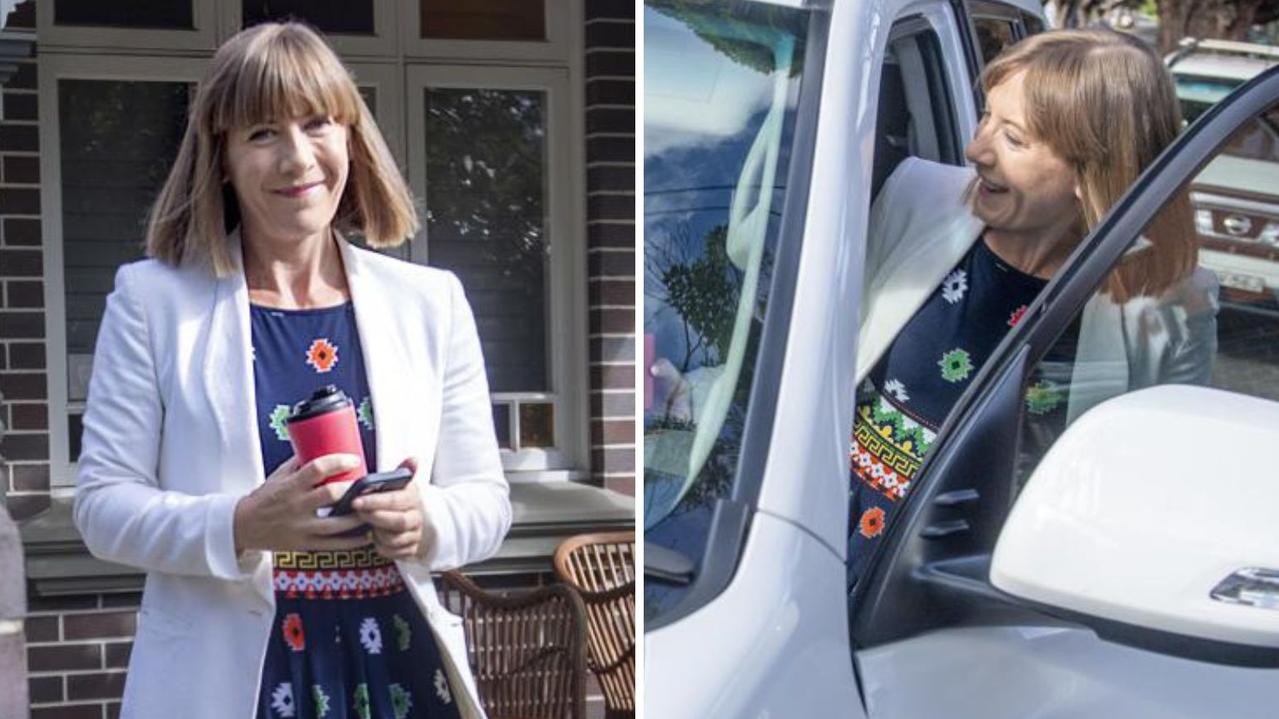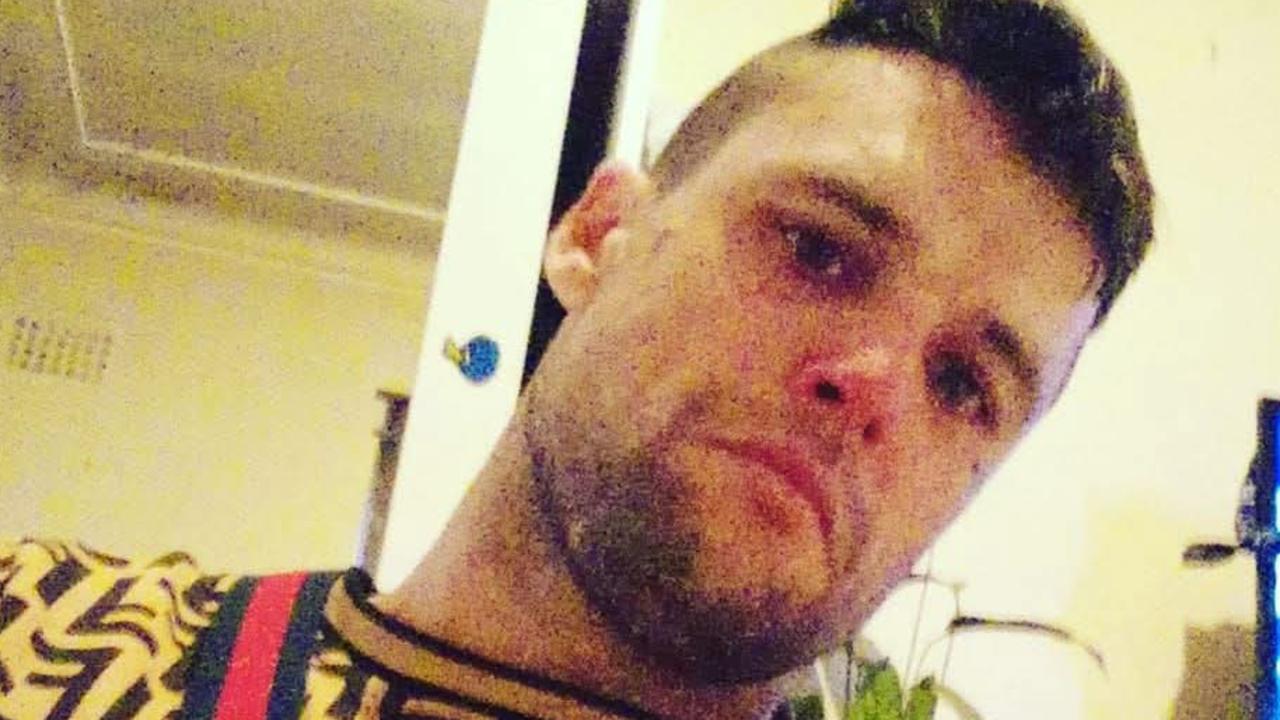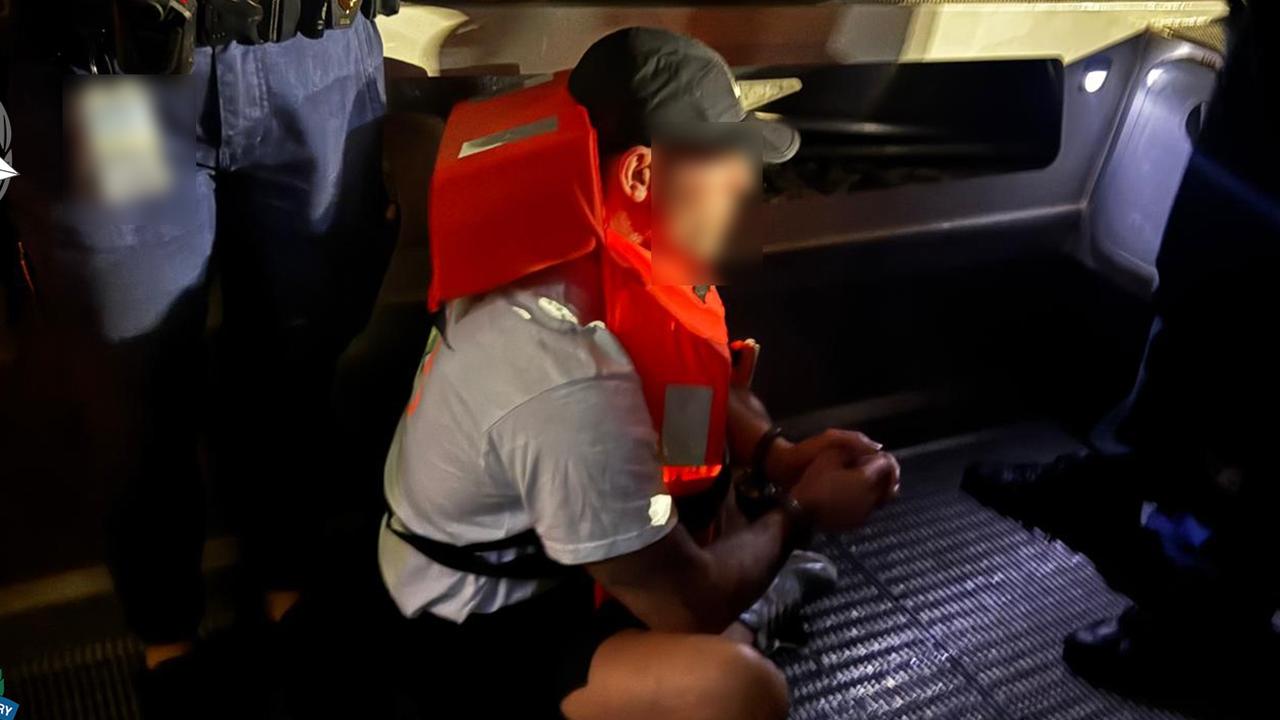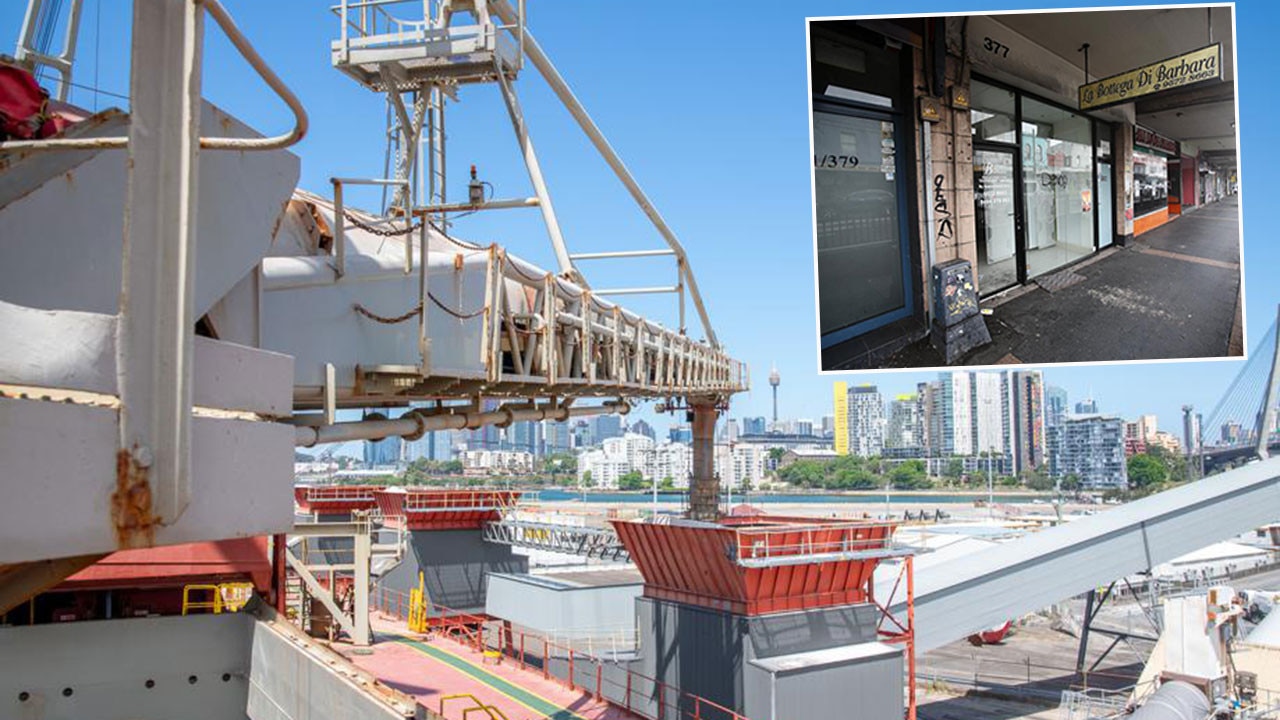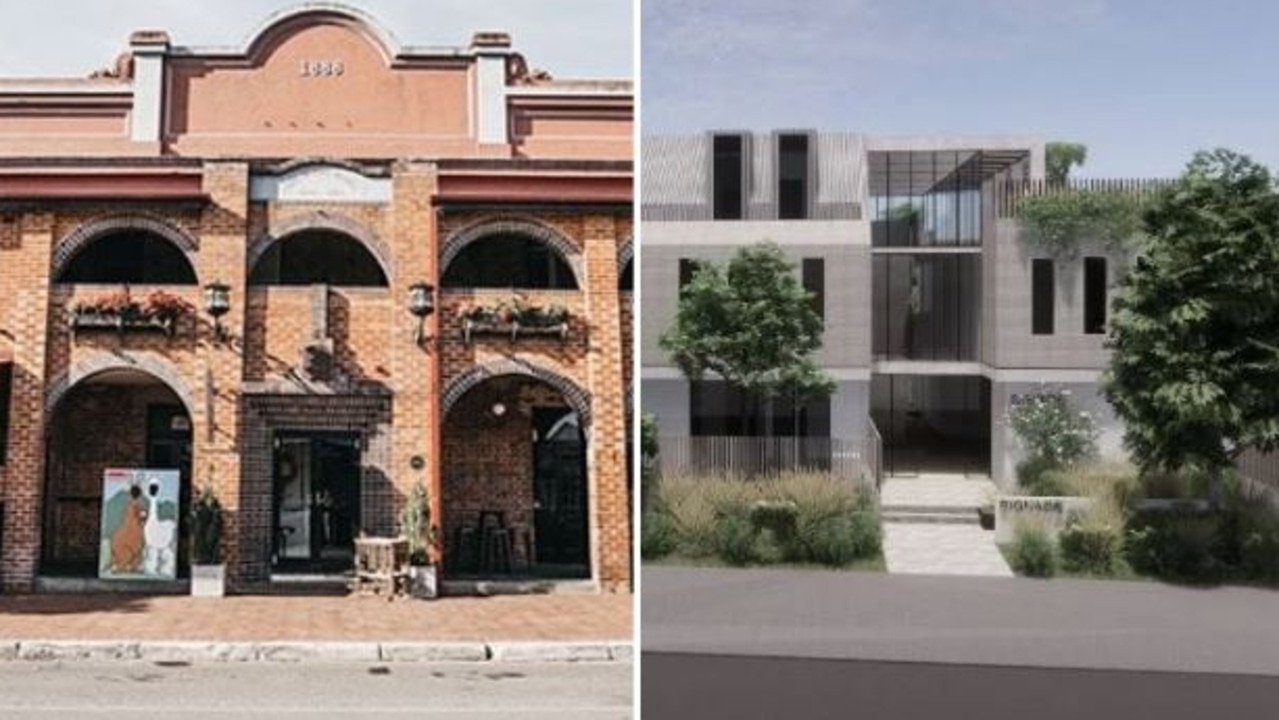New Western Sydney council, 30-year infrastructure plan needed, landmark report states
Western Sydney locals need to be handed the keys to their own destiny or risk missing out on the creation of half a million jobs over the next decade, according to a landmark new report.
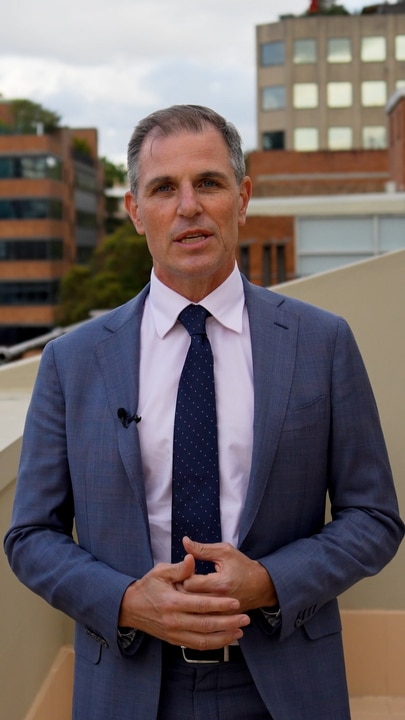
NSW
Don't miss out on the headlines from NSW. Followed categories will be added to My News.
Western Sydney locals need to be handed the keys to their own destiny or risk missing out on the creation of half a million jobs over the next decade, with calls for a new advisory council and long-term infrastructure plan to prevent the region being used as a political football.
The demands for a specialist body to advise for the region, as well as the creation of a 30-year infrastructure funding plan, have been laid out in a landmark report compiled by Western Sydney University’s Centre for Western Sydney.
The Unlimited Potential report, revealed exclusively to The Daily Telegraph ahead of its release, outlines the major ‘leaps’ which need to be taken to turn western Sydney into one of Australia’s core economic powerhouses.
Among their calls is for a 30-year infrastructure funding agreement for the region – to get away from the election cycles of boom and bust.
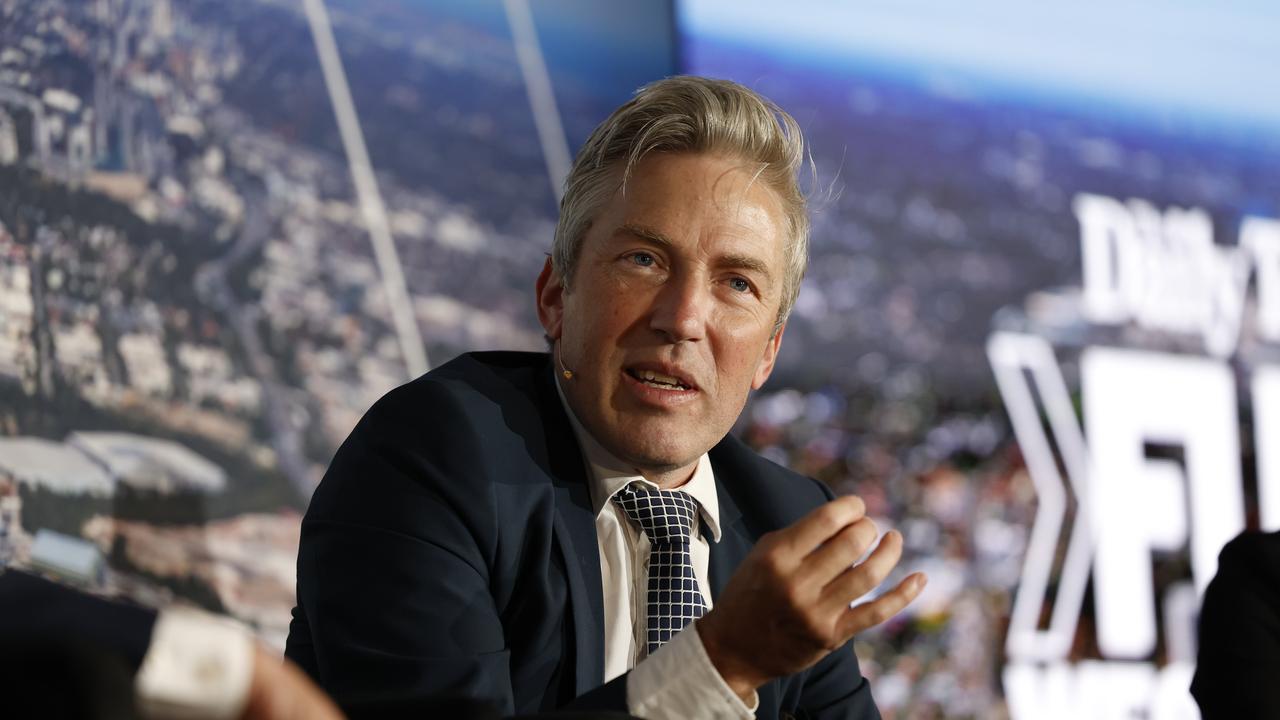
Professor Andy Marks, Centre for Western Sydney executive director, said those cycles had led to the region becoming ‘disjointed’.
“Every time an election rolls around, western Sydney gets big ticket promises for infrastructure – we’ll never say no, we’ve gotten an airport, Metros and other infrastructure from that … but this funding compact would take the politics out of it. It wouldn’t be that sugar rush you get around election time,” he said.
He added “at the moment, we get these investments, but they’re disjointed”, pointing to the region’s new airport.
The lack of action surrounding the site was revealed in a series of articles by The Telegraph earlier this year, which highlighted unrest among major businesses which had signed Memorandums of Understanding with the NSW Government to be part of the precinct surrounding the new airport.
“A great example is around the (Western Sydney) airport – we’ve had a whole stack of MOUs around the airport, but we haven’t backed that in with the infrastructure to (accompany that),” Prof Marks said.
Another major ‘leap’ in the report is the creation of a Western Sydney Infrastructure Advisory Council – which would comprise locals from the public sector, industry, community and local government, with access to federal and state government resources.
“Somebody came to one of the forums (in preparation for the report) and said ‘western Sydney is always on the menu, but never at the table. Decisions on infrastructure are being made in (NSW Parliament at) Macquarie Street or Canberra,” Prof Marks said.
While other bodies like the now-defunct Greater Sydney Commission “used to make decisions for them”, western Sydney locals wanted to guide their own future.
Prof Marks paid tribute to The Daily Telegraph’s decade-long hyper focus on western Sydney, kickstarted and continued by campaigns like Fair Go For The West and the Bradfield Oration, saying it had helped get the region ready to guide itself.
“We’ve gotten to that point (where) western Sydney wants to be able to make its own decisions,” he said.
“This is asking for self-determination, not a hand out.”
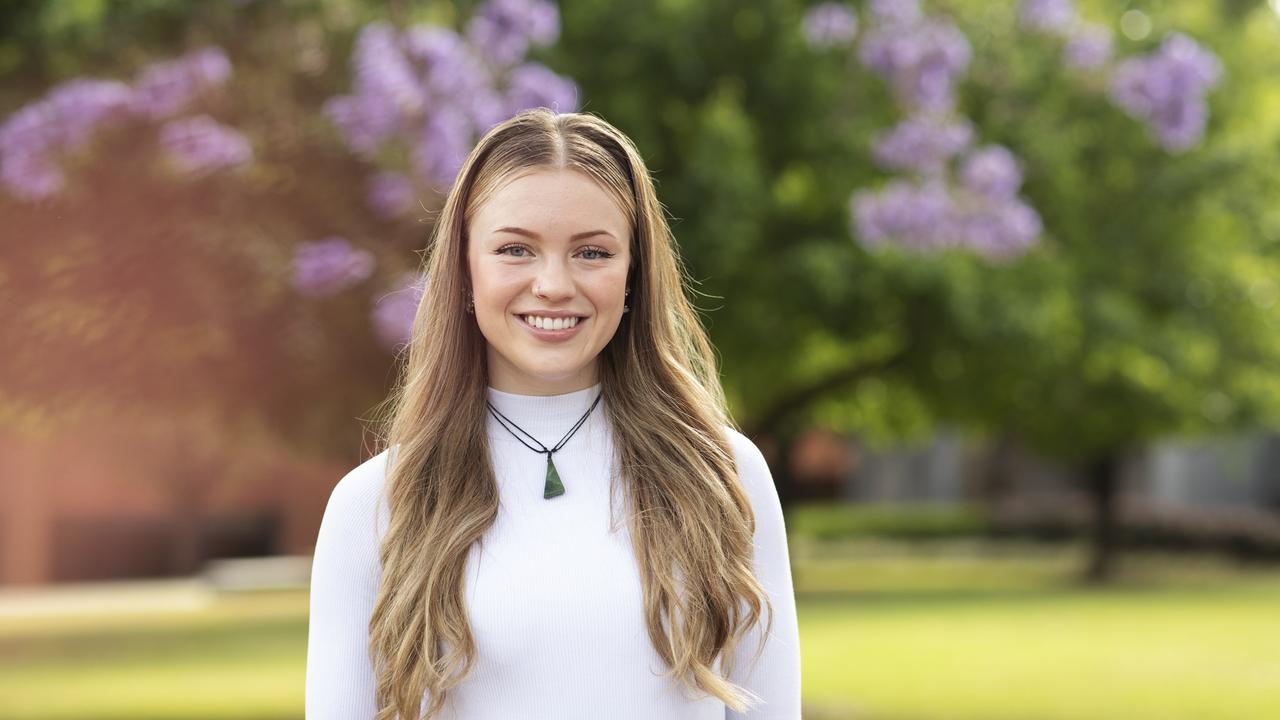
Business Western Sydney’s David Borger said south-west Sydney specifically was suffering from long-term planning needed to unlock housing.
“An agreed package over the longer term for south west Sydney in particular is absolutely critical – it’s an area which has missed out on infrastructure funding and probably has the lowest train station density of any precinct in Sydney,” he said.
High-profile Fairfield Mayor Frank Carbone said the region had suffered from “a lack of input” from locals, with decisions made from the city-centre.
“People in western Sydney need to travel further to work, have a higher reliance on cars, and that means they’re paying more taxes on tolls and fuel levies - so the government needs to come to the party and help those in most need, and they’re west of Parramatta,” he said.
The report also highlights that western Sydney needs to get a fairer share of funding for the arts – stating that Western Sydney received just 3.4 per cent of funding under the National Council for the Arts between 2015 and 2022 despite representing 10 per cent of Australia’s population.
Western Sydney’s labour force must also strive to become “more technologically adept, innovative and agile” to create workers for the future, aided by TAFE, the university and other educational facilities.
The report adds more local businesses need to get involved in international supply chains by 2036 – something aided by the new airport.
Modelling completed for the report shows that western Sydney’s economy could grow to $379 billion per annum by 2036 if the Unlimited Potential blueprint was followed, compared to $199b if business as usual was adhered to.

The number of jobs in the region could grow to 1,809,610 by 2036 under the model – more than half a million jobs more than the 1,279,219 forecast under a business-as-usual approach.
“If we just continue on as we are, were missing the best opportunity we have – not just for western Sydney, but Australia,” Prof Marks said.
“It’s like keeping your best player on the bench. Western Sydney is a young population, it’s the most diverse, it’s getting skilled quicker than anywhere else in the country – but we’re not unleashing it.”
Western Sydney University student Ellie Winter, who has completed a bachelor of communication and is studying another creative leadership degree, said she had already seen the growth in demand for more tertiary-educated workers in the region.
“(I’ve seen) the demand for university-educated people, as urban sprawl happens, grow – I’ve seen the boom (in) more demand for jobs,” the Penrith local said.
Western Sydney at forefront of globe-changing inventions
It’s the second-most expensive spice in the world, produced almost wholly by countries sitting near the equator like Indonesia and Madagascar.
But in a white, dome-shaped greenhouse in western Sydney, the green shoots of vanilla orchids are now sprouting – in a homegrown invention which could have major ramifications for international food security and production.
Australian Vanilla Plantations, led by founder David Soo, is blazing the new path – with his business to be one of the first tenants at Western Sydney University’s future Agri Tech Precinct nestled in the Hawkesbury.
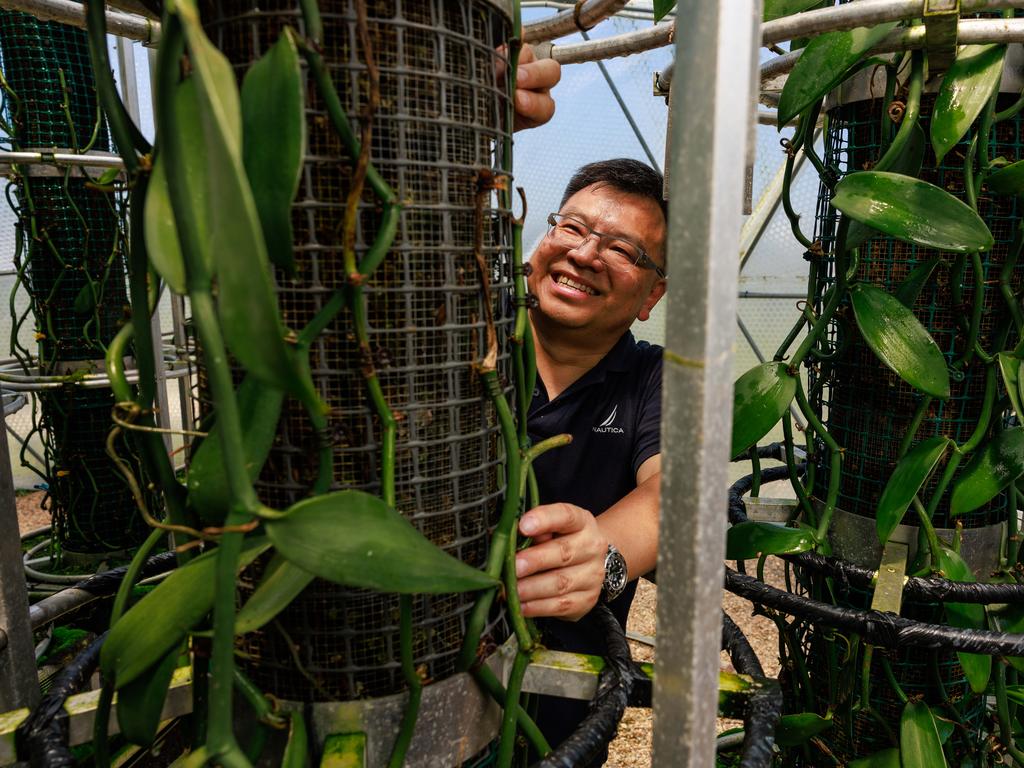
His Aussie-invention will help kick start the $30 million precinct, which will serve as a hub for other innovation, research and future food system advances.
A single dome will be capable of producing up to a tonne of vanilla, with Mr Soo saying the potential of the greenhouse was attracting international attention, given vanilla has previously been almost impossible to grow away from the equator.
Expanding its uses to other produce could reshape the global supply of food, he said.
“It’s a demonstration of the possibilities of decentralising food production in the future,” Mr Soo said.
“While vanilla is not important as a stable diet, it’s a demonstration of what we can achieve.
“If we can grow vanilla in a dome in Sydney, we can pretty much grow anything – we took it as a bit of a challenge to try and grow the second most expensive spice in the world, in an area where it’s not meant to grow.
“If we can do that, the rest will be easy. We’re looking at in the future to expanding our production of what we can grow … so you can have these grow domes close to towns and cities. You can have these smaller domes all over the place.”
More Coverage
Originally published as New Western Sydney council, 30-year infrastructure plan needed, landmark report states




